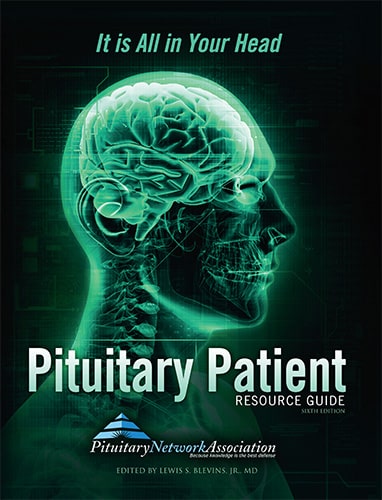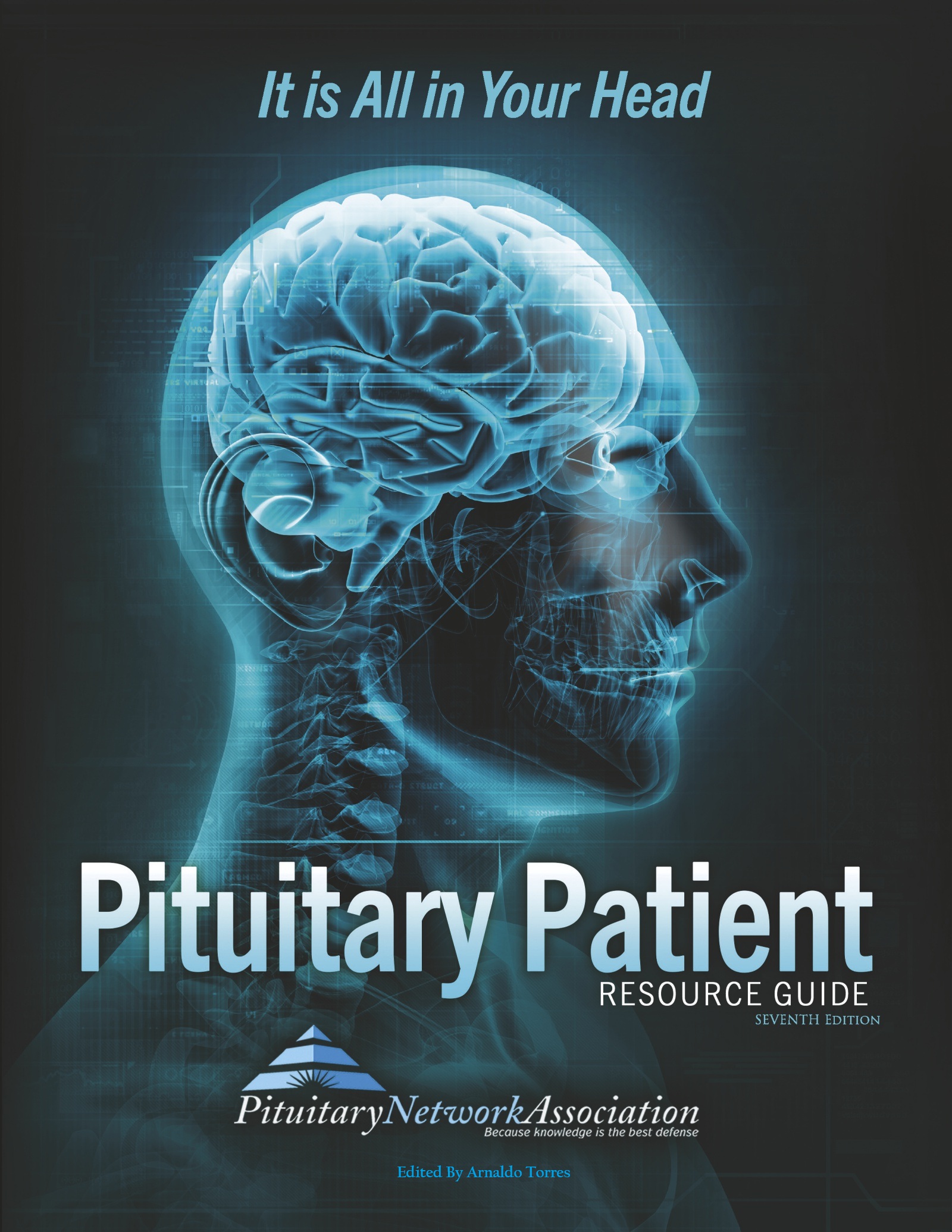News Articles February 2022
Written on 04 February 2022.
Cerebrum
The largest area of the brain, the cerebrum occupies the uppermost part of the skull. It consists of two halves called hemispheres. Each half of the cerebrum is further divided into four lobes: frontal, temporal, parietal and occipital.
The forebrain is the largest and most highly developed part of the human brain; it consists primarily of the cerebrum and the structures hidden beneath it. The cerebrum sits at the outermost part of the brain and is the source of intellectual activities. It holds memories, allows you to plan, enables you to imagine and think, to recognize friends, read books, and play games. The cerebrum is split into two halves (hemispheres) by a deep fissure. Despite the split, the two cerebral hemispheres communicate with each other through a thick tract of nerve fibers that lies at the base of this fissure. Although the two hemispheres seem to be mirror images of each other, they are different. For instance, the ability to form words seems to lie primarily in the left hemisphere, while the right hemisphere seems to control many abstract reasoning skills.
Chemotherapy
Treatment of disease by means of chemical substances or drugs; usually used in reference to neoplastic (cancer) disease.
Chemotherapy is a body-wide (systemic) treatment the use of drugs to kill bacteria, viruses, fungi, and cancer cells; administered by mouth or injection. Most commonly, the term is used to refer to cancer-killing drugs.
Circumscribed
Having a border, localized.
Often associated with a capsule and benign tumors of the brain. For example, meningiomas, pituitary adenomas and acoustic neuromas. See diffuse.
Claustrophobic
A morbid fear of being in a confined place.
Claustrophobia; suffering from an abnormal dread of being in closed or narrow spaces.
Clinical
That which can be observed in patients. Research that uses patients to test new treatments, as opposed to laboratory testing or research in animals.
Clinical research is research that either directly involves a particular person or group of people or uses materials from humans, such as their behavior or samples of their tissue, that can be linked to a particular living person. (The process of clinical research, however, protects personal data.)
Clinical Cooperative Group
A group of academic institutions and treatment centers cooperating to perform clinical research and clinical trials.
The Clinical Trials Cooperative Group Program brings researchers, cancer centers, and doctors together into cooperative groups. These groups work with the NCI (National Cancer Institute) to identify important questions in cancer research, and design and conduct multisite clinical trials to answer these questions.
CNS
Central Nervous System.
The central nervous system (CNS) is made up of the spinal cord and brain. The brain receives nerve impulses from the spinal cord and cranial nerves. The spinal cord contains the nerves that carry messages between the body and the brain. Spinal cord injury occurs when there is damage to the cells within the spinal cord or the nerves of the spinal cord are severed.
CO
Childhood onset: adult patients with growth hormone deficiency from childhood.
Childhood onset as in adult patients with growth hormone deficiency occurring in childhood. Also referring to childhood onset diseases such as type 1 diabetes.
Colonoscope
An instrument which allows visualization of the inside of the colon.
A thin, tube-like instrument used to examine the inside of the colon. A colonoscope has a light and a lens for viewing and may have a tool to remove tissue.
Colonoscopy
Procedure to examine the colon and rectal tissues by means of an instrument known as a colonoscope.
Visual examination of the inner surface of the colon by means of an instrument for the examination of the interior of the colon — the division of the large intestine extending from the first part of the large intestine to the rectum.
Available Now!

The Pituitary Patient Resource Guide Sixth Edition is now available! Be one of the first to have the most up-to-date information. The Pituitary Patient Resource Guide a one of a kind publication intended as an invaluable source of information not only for patients but also their families, physicians, and all health care providers. It contains information on symptoms, proper testing, how to get a diagnosis, and the treatment options that are available. It also includes Pituitary Network Association's patient resource listings for expert medical care.

Xeris Pharmaceuticals is valued member of the PNA










